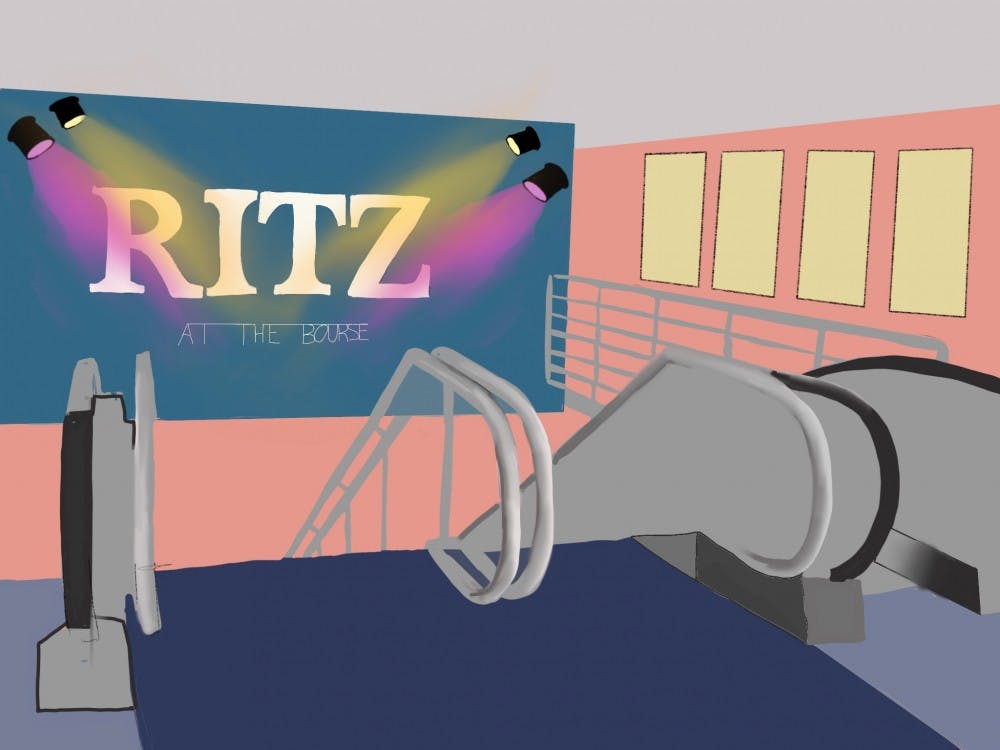There’s no question that movie theater attendance has been dropping. Wall Street has even speculated that the advent of streaming services has doomed movie theaters to extinction. But are they really doing that poorly?
Theaters have been making hundreds of millions less in box office takings than they have in previous years. Attendance is the lowest it’s been in two decades. Theories for why this shift has occurred often cite streaming services as the primary cause. Film data researcher Stephen Follows argues that streaming is changing the way that generations experience film: younger generations are more accustomed to Netflix and Amazon than they are to Regal Cinemas or AMC Theatres. Other critics and analysts have attributed the cause to a decline in film quality, noting that high–budget films expected to be big box office hits have received underwhelming turnouts.
To make matters worse, this lower demand has driven ticket prices up, with tickets often selling for as much as $14—a far cry from prices in the early 2000s, when tickets sold for an unthinkable $5 or $6. This spike in price only serves to feed into the cycle of low demand, with higher prices pushing potential customers away.
It all sounds very scary for theaters. They’re making a lot less, selling tickets for a lot more, and they may be losing their appeal to generations who have come to expect instant entertainment. But is it really so bad? Are movie theaters going to one day disappear?
Most likely, the answer is no. Not necessarily. Even while ticket sales have been slumping in the U.S., internationally they’ve actually been doing quite well. It’s unclear why domestic revenue has fallen by 2.7 percent and international revenue has risen by about three percent. Whatever the case may be, the U.S. is proving to be a small piece of the puzzle, with international audiences making up the difference in revenue.
This doesn’t particularly help local theaters, but they’re certainly rallying with some interesting initiatives to encourage potential customers. Across the board, theaters have been implementing recliner seats, 4DX screenings, or a restaurant menu experience in which viewers can order and consume food and (alcoholic) drinks as they watch the film. Chains like Movie Tavern have successfully combined all of these elements. The $9.50 ticket—for adults looking to see a weekend matinee—and the 40–minute trek out to the nearest location in Flourtown, Pa. is well worth it on a spare Saturday afternoon when you want to lay down in a gigantic recliner seat, watch a movie on the big screen, and order a hamburger and a cocktail for about the same price as a bucket of popcorn and soda at an ordinary theater.
Other, closer theaters have also gotten creative and developed some interesting initiatives. The Cinemark University City Penn 6 offers $5.50 tickets on Tuesdays to attract potential moviegoers. The Ritz shows classic films every Tuesday at 7 p.m. The Philadelphia Film Center has elevated the film experience through its beautiful venue, cabaret–style seating, and refreshments and snacks. Imaginatively, they host a Quizzo & Movie on the first Thursday of every month, followed by a modern classic.
To compete with cheaper and more convenient streaming services—a month of a Netflix or Hulu subscription is cheaper than a single movie ticket, after all—movie theaters have been offering Discount Days and fun attractions to entice customers to spend their money on them. Consequently, theaters are approximating their early beginnings of the late 1800s, when films were shown alongside optical toys and vaudeville performances in fairground shows. In some of these shows, exhibitors who presented phantom ride films might mimic the content, often acting as train conductors who took tickets, and producing sound effects of grinding wheels and hissing brakes. As Tom Gunning writes, it was a “cinema of attractions” that was entirely exhibitionist in nature.
As films lost their novelty, however, the focus shifted to the narrative of the film, and cinema relocated from the interactive fairground to the voyeuristic theater we know today. Theaters that serve food and drinks and host events like Quizzo aren’t too far from these interactive origins. They’re slowly returning to their inception, offering what the small screens cannot. They're just going to have to get creative to keep up.
As convenient as our laptop screens are, theaters aren't going anywhere. They provide a completely immersive experience with surround sound, a massive screen, and an enraptured audience around you. Going to the movies is an incredible, timeless experience that a small screen simply cannot capture.

